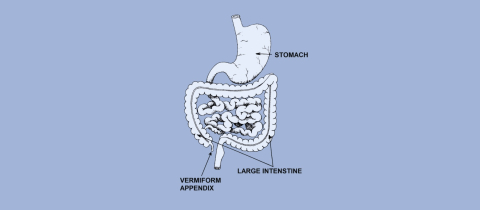In 1943, the Smith, Kline and French pharmaceutical company added hot pepper extract to Benzedrine, its popular decongestant inhaler. The fiery taste of capsaicin, the compound responsible for the “hot” in hot peppers, was expected to prevent people from cracking open the casing of the inhaler and consuming the contents. Why would anyone want to do that? Simple: the active ingredient in the Benzedrine inhaler was amphetamine, a compound that could deliver a whamo of a high!
When sniffed as directed, amphetamine was an effective decongestant, but when the contents of the whole inhaler were swallowed, the amphetamine would produce a mind-altering effect. This was not necessarily a pleasant experience, given that the amount of amphetamine in the inhaler was 250 milligrams, far greater than the 5–10 milligrams in the tablets that were being prescribed at the time as a mood-elevating drug.
The inhaler-cracking habit had first cropped up in the 1930s in the jazz musician community. Charlie Parker, the famed saxophonist, was known to crack a Benzedrine inhaler before playing. But it was during the early ’40s that inhaler abuse made its mark. While amphetamine pills required a prescription, the inhalers were readily available over the counter. Guards at military prisons were sometimes known to supplement their income by smuggling inhalers to the prisoners for a handsome profit. In one Indiana prison, a guard was caught with more than three hundred inhalers in his room!
Smith, Kline and French really became concerned when it learned that drug users in British Columbia were breaking open the inhalers and mainlining the contents after mixing with morphine. The fear was that this would lead to Canadian authorities taking steps to legislate amphetamine as a narcotic, preventing the sale of Benzedrine inhalers without a prescription. That in turn would mean a significant loss of income. SKF therefore proposed to add capsaicin to the inhaler, as well as a black dye that would leave a nasty colour in an abuser’s mouth. The idea was that the irritation produced by the capsaicin and the marks left by the telltale black dye would discourage injection or ingestion of the contents of the inhaler.
How effective these deterrents were is not clear, but their addition to the products did keep the legislators away. California needed a bit more convincing, so SKF promised to add the black dye and picric acid to its product there. The picric acid tasted awful and caused nausea, which was claimed to prevent internal use. With this manoeuvring, SKF managed to buy enough time to come up with a replacement for amphetamine in its inhaler, which it did by 1949. Benzedrex, the new “stimulation-free” inhaler, contained propylhexedrine as the active ingredient and replaced Benzedrine as an over-the-counter inhaler for people suffering from nasal congestion. Today, Benzedrine is just a memory but prescription amphetamine is used in the treatment of attention deficit hyperactivity disorder (ADHD), obesity and depression. Unfortunately abuse is still with us, particularly of metamphetamine, a close relative that is produced illegally by clandestine chemists as well portrayed in “Breaking Bad.”







